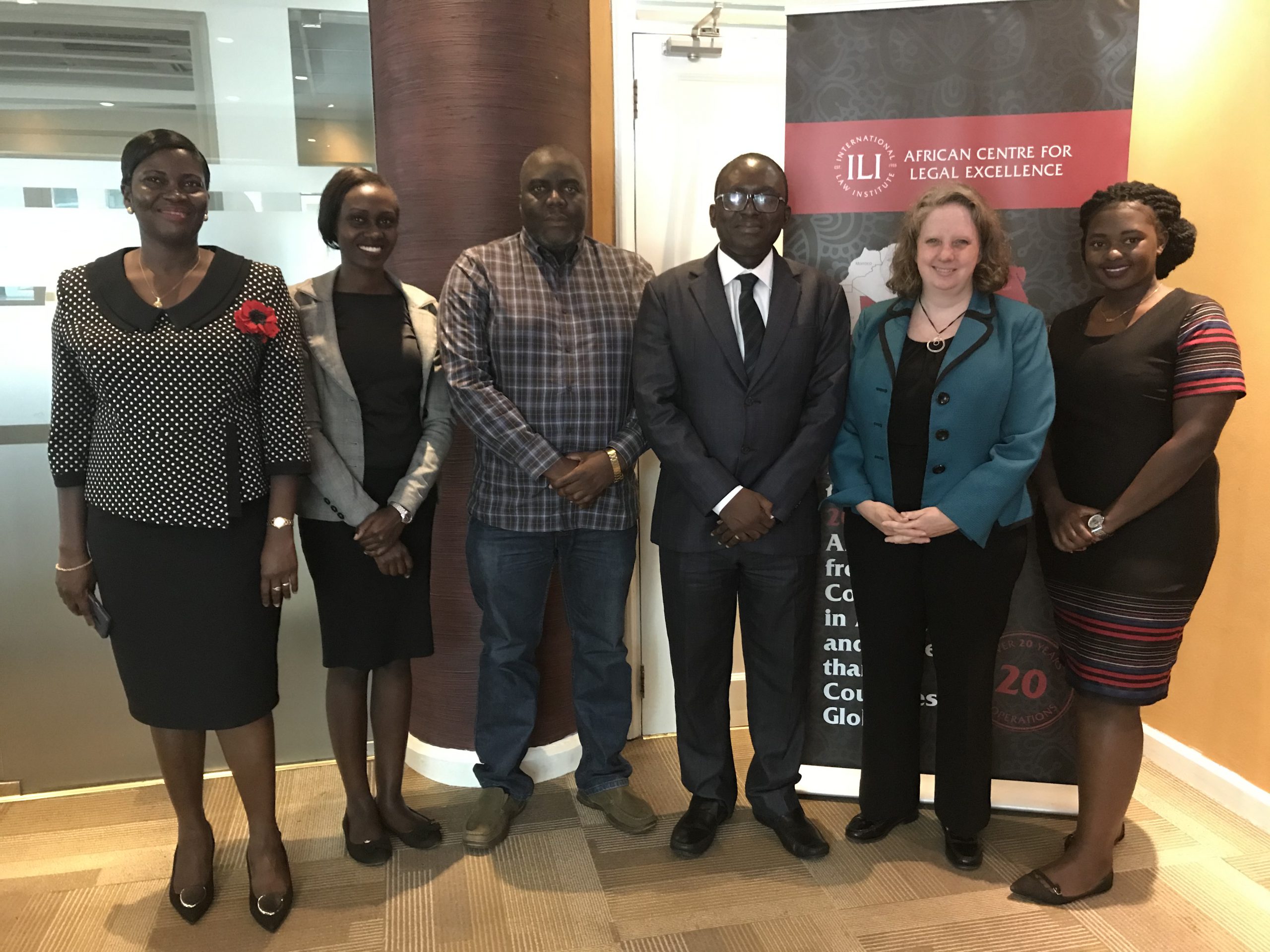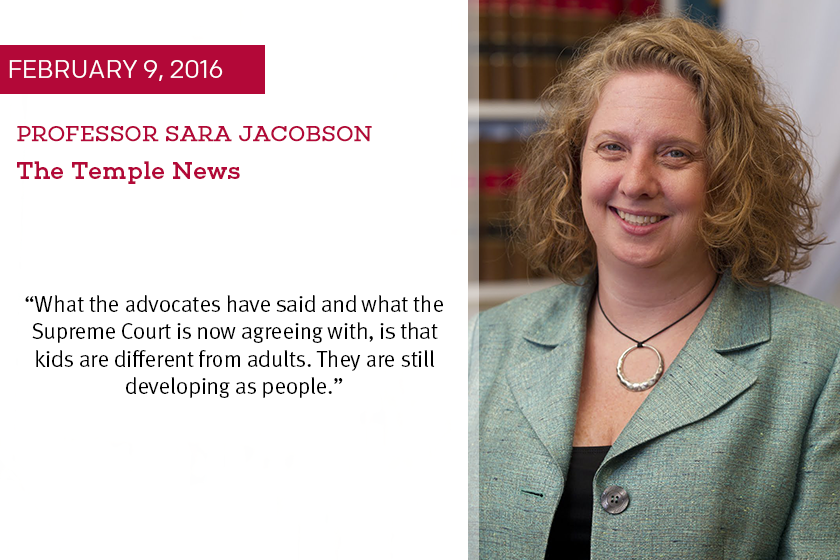Top Gun XI Trial Advocacy Competition | A Q&A with Eric Love LAW ’20 and Lauren Doig LAW ’21
The below is excerpted from conversation held about a week after Eric Love competed in the Top Gun XI Trial Advocacy competition. Eric was supported by his second chair, Lauren Doig, and his coach, Professor Sara Jacobson. Top Gun is a unique tournament, giving only 24 hours to prepare before a lone advocate tries both the plaintiff and defense side of the case. This competition was also unique because it was the first full mock trial tournament conducted wholly online. It was conducted one week after George Floyd was killed by police in Minneapolis as a weekend of protests and unrest swept the country. Eric and Lauren won the professionalism award for the tournament for the issues they faced during the final round. Eric, Lauren, and Professor Jacobson were working out of a rented apartment suite on the 7th floor at 15th and Chestnut. Eric’s final round began about 4pm. He and Lauren were unaware that blocks away, civil protest had turned to civil unrest at Philadelphia’s City Hall and that looting, small fires, and …











